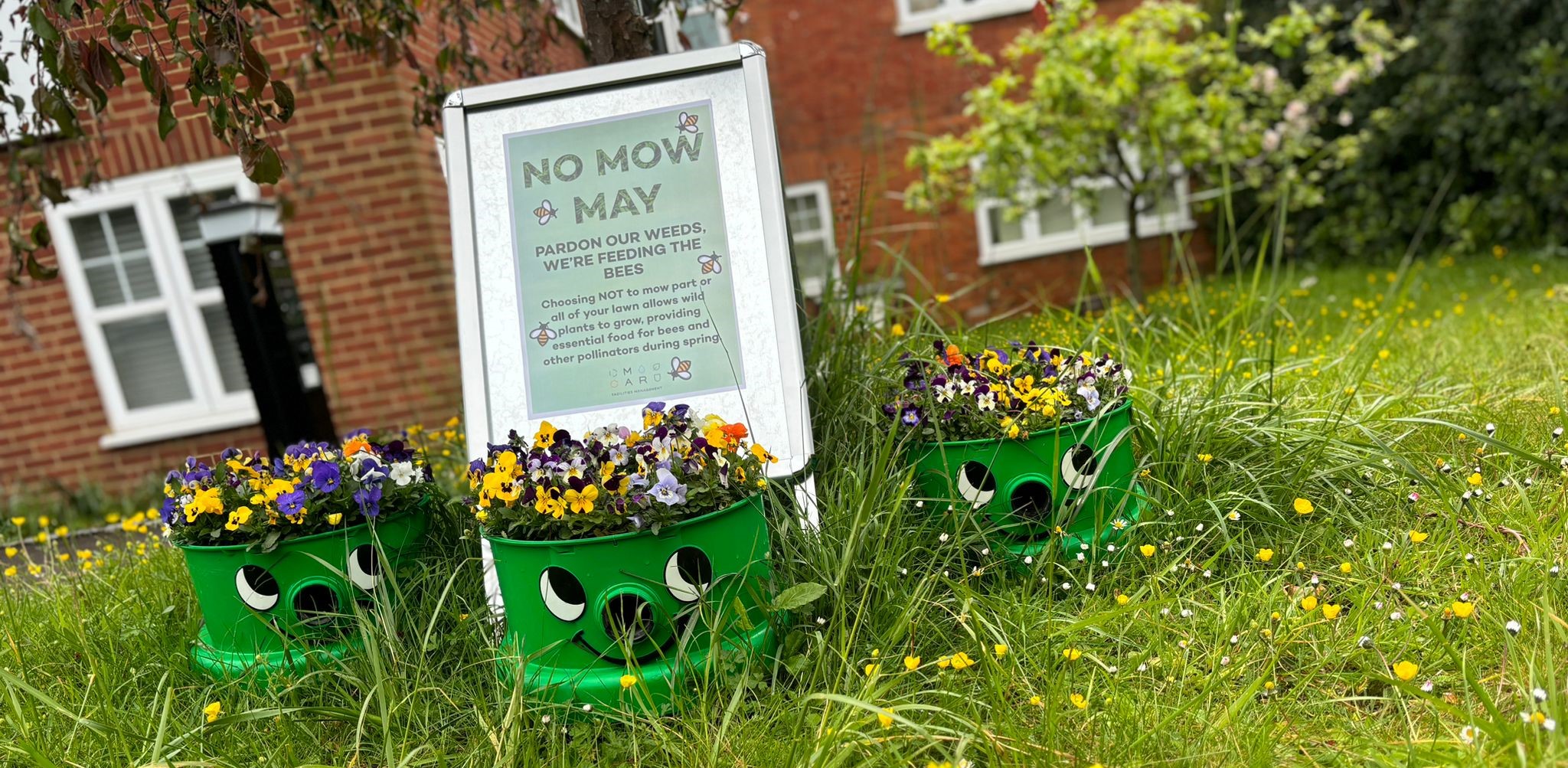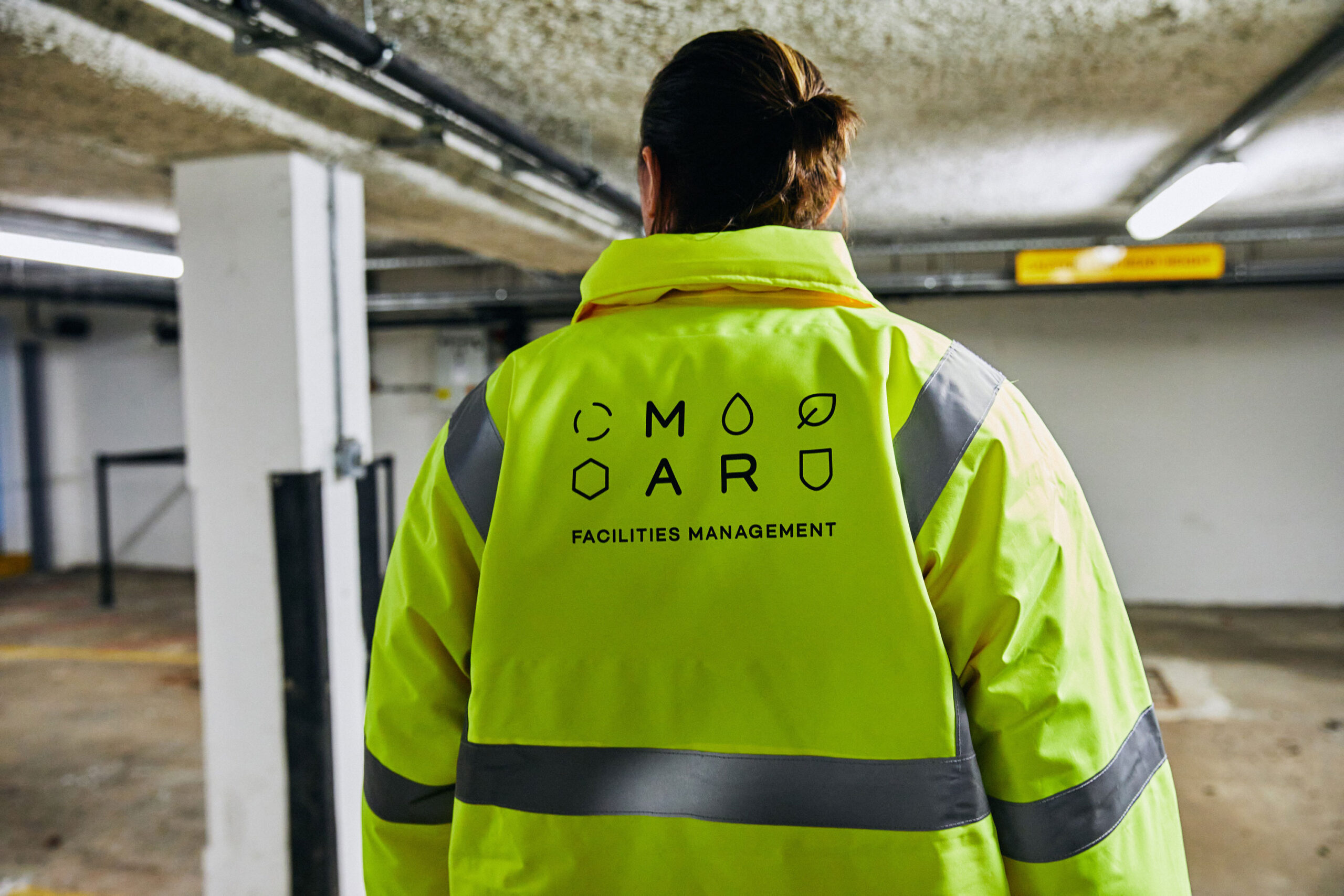
Calling time on business crime
A guide to reducing the risk of criminal activity at your facility.
Not only does burglary have a direct cost implication for businesses through the loss of assets, it can also incur indirect costs, such as building repairs, insurance costs, temporary closure and loss of work hours. Government data shows that over 100,000 burglaries take place against businesses in the UK each year. Additionally, as many as 58% of crime cases against companies were unresolved, with no suspect being identified.
Fortunately, there are steps that can be taken to minimise the likelihood of a break-in taking place. We’ve outlined a reliable step-by-step strategy to help reduce the risk…
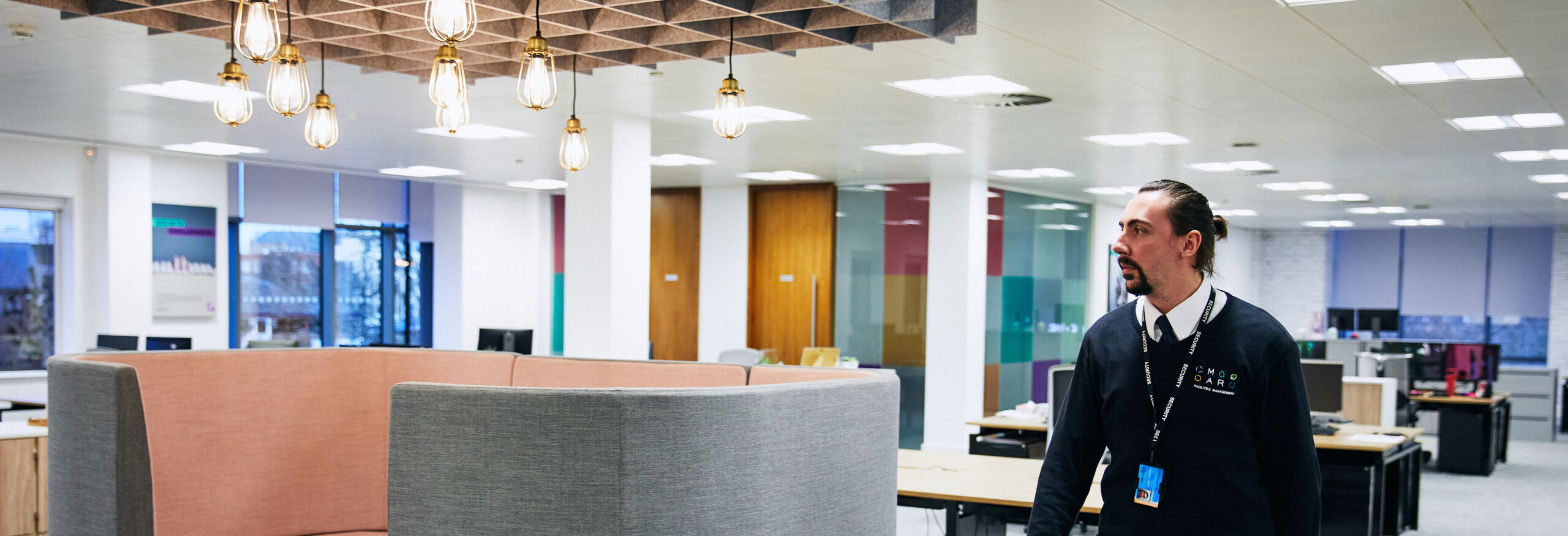
Clean and secure
One of the first steps to consider, when optimising security, is to create a clean and tidy environment. A site in disrepair is more likely to attract those looking for somewhere to spend time after dark. This may give the impression that the facility is poorly maintained and encourage opportunistic criminals to assess the building for vulnerabilities. Clutter and overgrown shrubs can also provide cover for those wishing to remain unseen.
Task to consider should include:
- Clean graffiti and litter
- Cut back overgrown shrubs and trees
- Remove any clutter or old equipment built up on the premises
- Repair any damage to fences or buildings
It’s important to not only tackle these issues once, but to invest time and effort into ensuring the tidiness of your facility is maintained. If this is not possible to achieve with in-house labour, consider a professional grounds maintenance service to keep up with the upkeep.
Forewarned is forearmed
Once your site is clean and tidy, the next step, is to complete a thorough inspection of the property, looking for any vulnerabilities that could be exploited to gain access to the facility. This walk through should review the entire property, carefully considering any opportunities to improve the security of the facility. While some security aspects are easy to assess, such as windows and doors that are not properly re-enforced, there are also less obvious issues to consider. Wheelie bins, for example, are commonly used to reach the upper levels or roofs of buildings, in an attempt to reach weaker entry points and therefore should be secured outside of office hours.
Task to consider should include:
- Check property entrance is protected by secure and lockable gate/turnstile
- Secure any outbuildings, sheds or structures that could conceal intruders
- Review windows, doors, skylights and other entry points for vulnerabilities
- Secure wheelie bins & other objects that could be used to reach upper floors/roof
- Identify optimum positions for surveillance, sensors and lights
Not sure what to look for? Hire a specialist to help identify and produce a report of opportunities, to improve security throughout your premises.
Lock up the lure
Think carefully about the placement of high value items. Burglars in search of a target will take into account the ‘risk vs reward’ factor of a premises. If desirable items are on show, it’s likely to result in the site being more tempting to opportunistic thieves. Review the location of all assets, lock boxes, safes and key storage areas, ensuring they are obscured from view as much as possible. This step is especially important in retail locations, where merchandise is displayed in windows. Some retail establishments have chosen to replace window displays with screens or decals that advertise their stock, without putting physical stock at risk. Another option is to move high value product to a secure stock room at night, minimising the loss if someone does gain access to the property. Stock rooms should be free of windows and have one well secured entry and exit point – consider installing CCTV above this door to further improve security.
Task to consider should include:
- Ensure all high value assets, safes, lock boxes and key storage lockers are out of view
- Use screens, decals or dummy displays to protect physical merchandise
- If possible, move expensive items to a secure stock room at night
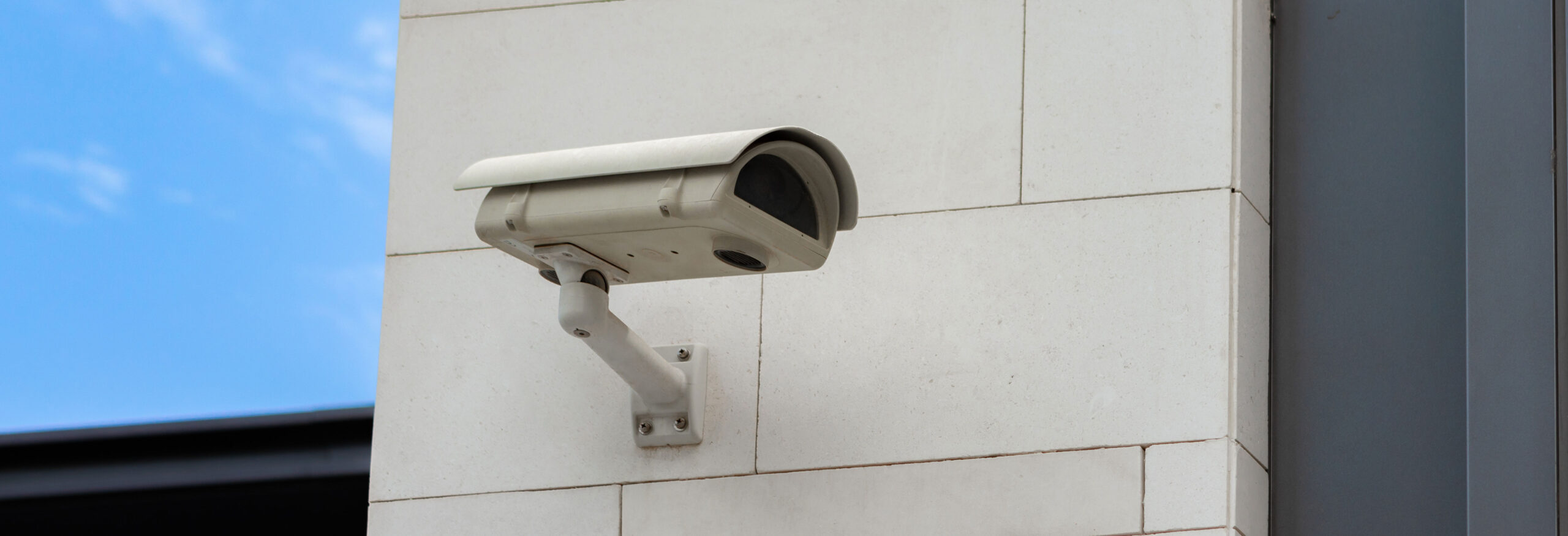
Bring security into the 21st century
Arguably the best deterrent against would-be criminals is to harness the power of technology. The presence of CCTV cameras, movement detection sensors and anti-theft devices is usually sufficient to make the risk higher than the potential reward to anyone scoping out the facility. Implementing a reliable monitoring system also significantly improves the response time in the event of a break-in taking place, allowing for instant, remote viewing of cameras, 24-hour recording, logs of site access times and avoiding unnecessary callouts. Ideally, surveillance systems should record in the highest quality possible, save footage to a secure cloud-based system (to prevent data loss if equipment is damaged), run 24/7 and save historic footage for a minimum of one week. Anti-theft devices such as smoke generators, may also be appropriate, depending on the facility. These create a thick smoke screen on forced entry and are typically designed not to damage stock or equipment.
Task to consider should include:
- Install CCTV cameras, with high video quality, remote viewing, cloud storage and 24-hour recording
- Install movement/gate/door/window sensors to record and log movement on site and access to the building
- Consider an anti-theft device, if applicable to your site – always research potential devices to ensure they are right and safe to install at your facility.
With such a wide variety of monitoring options available, it may be helpful to seek recommendations from an expert security company, to safely select and install surveillance systems. Professional security providers, like MAR, can also provide access to the benefit of control room services. Operated by highly trained personnel, the control room is equipped with the latest integrated digital technology, providing 24/7 monitoring and a central point for the appropriate dealing with emergency callouts.
Shining a light on business plight
Similar, to monitoring systems, carefully designed lighting has the power to dissuade those with ill-intent. Building and flood-lighting reduce the opportunity for anyone to conceal themselves within shadowy areas and expose them to the potential gaze of passers-by. Modern LED lights offer an affordable and sustainable choice and, when installed in collaboration with motion sensors, can be set to come on only when movement is detected within the facility. They also have the added benefit of improving the clarity of captured camera footage.
Task to consider should include:
- LED flood-lighting covering the grounds of the facility
- Wall mounted lighting to illuminate building exterior
- Consider movement sensors to prevent lights being on unnecessarily
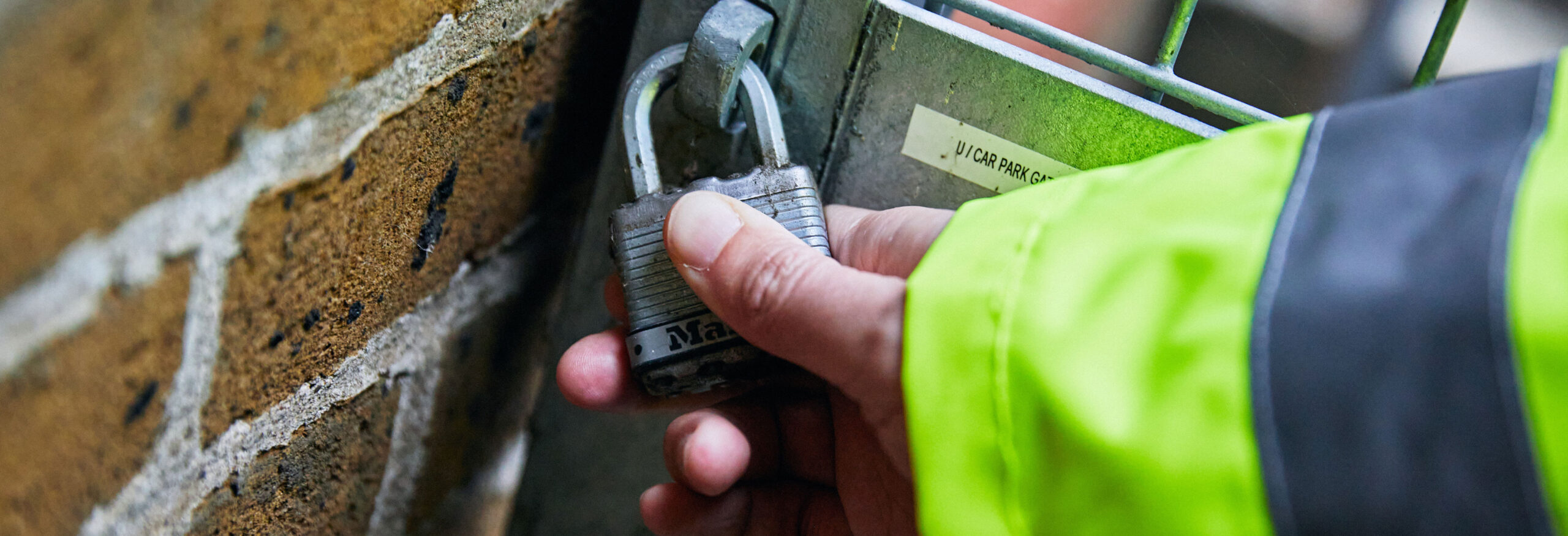
The key to safety
Key holding is a seemingly basic, but often overlooked aspect of facility security. Businesses utilise different methods to provide legitimate access to their employees, whether its keys, cards, codes or a combination of these. The procedures around key holding should be robust and regularly reviewed, to ensure that the right colleagues have access to appropriate areas at the approved times. It’s also important to implement a strong training plan for any colleagues with significant access privileges, especially those responsible for locking and unlocking the building and any additional staff, such as cleaners, who may frequent the site after working hours.
Task to consider should include:
- Ensure secure storage location for keys/cards
- Review who has access and to which areas, and implement strong process for regular revision of this list
- Confirm that training is adequate for all employees, especially key holders may remove keys or cards from site.
- Ensure that codes and cards for previous colleagues have been properly deactivated
- Implement process for regularly accounting for all keys and cards, to prevent discrepancies going unnoticed
- Create a reliable process for the event of missing or compromised keys/cards/codes
- Consider your emergency response protocol
Keeping up appearances
Maintaining a consistent presence on site is a sure way to put-off potential thieves and unwelcome guests. This is especially important during holiday periods, when there is little or no staff frequenting the premises. If possible, best practice is to ensure someone is visiting the property regularly, in an unpredictable pattern.
During a visit, the premises should be checked for signs of disturbance, and confirmed as secure. However, this strategy is not entirely straightforward – while this task can be performed by a member of staff, it is not generally advisable. Colleagues need proper and thorough training before performing any security tasks, as well as allowances to ensure a proper work-life balance if they’re visiting outside of working hours. If you are going to use internal staff members, they should be dedicated and fully trained for the security role, with the equipment and knowledge to respond correctly in an emergency situation. This same consideration should be given to any key holders who could conceivably answer an alarm code. Our article ‘responding in the right way‘ explores this in more detail.
Task to consider should include:
- Be wary of posting holiday operating hours unless necessary
- Consider manned guarding or mobile patrol services to maintain presence on site, especially during the holiday periods.
Businesses that wish to improve either their key holding process or increase their presence on site, and do not have their own dedicated security officers, should consider outsourcing services to a professional security company. This ensures that key holding processes are methodical and reliable and response to site is always carried out by a professional security officer, ensuring the safest possible outcome.
MAR Facilities Management offer a wide range of security and grounds maintenance services for medium to large businesses, including remote monitoring, control room, manned guarding, mobile patrolling and key holding. Contact our team to find out more.


